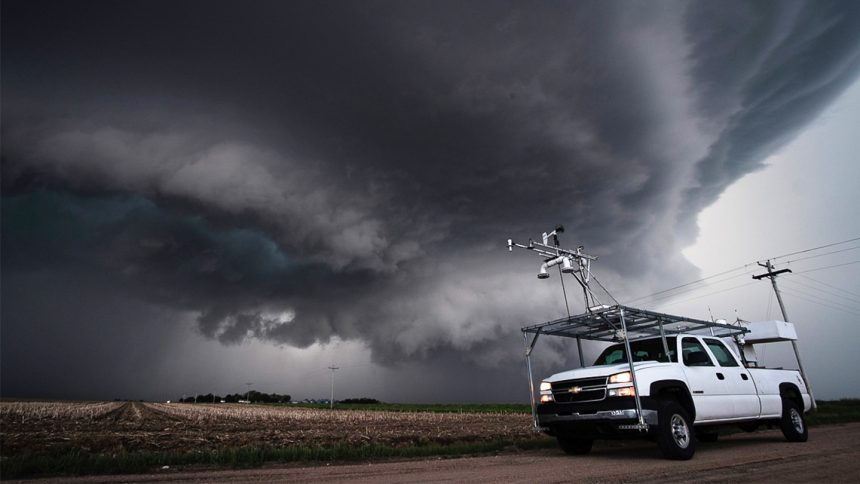
### Unraveling the Mysteries of Nighttime Tornadoes
Recent studies are shedding light on the enigmatic nature of tornadoes that evade detection by radar systems and often occur during the nighttime hours. These intense weather phenomena, frequently associated with squall lines, pose a significant threat due to their unexpected formation and destructive capabilities.
#### Understanding Squall Line Tornadoes
Tornadoes linked to squall lines remain a serious concern for meteorologists and communities alike. Unlike typical tornado activity, which is usually forecastable based on severe thunderstorm patterns, these tornadoes can emerge without clear warnings. This unpredictability underscores the necessity for enhanced forecasting techniques.
#### The Elusiveness of Detection
One remarkable aspect of these tornadic events is their ability to slip under radar surveillance. Traditional weather radars may struggle to provide accurate readings during certain atmospheric conditions that favor squall line formation, leading to an increased risk for unsuspecting residents in affected areas.
#### The Danger Lurking at Night
Nighttime presents an added layer of danger given limited visibility and decreased awareness among those who may be impacted. Studies indicate that over 50% of tornado-related fatalities occur at night when individuals are less prepared or unable to see approaching danger.
#### Actionable Insights from Current Research
Current research emphasizes the importance of integrating new technologies such as dual-polarization radars or advanced computer modeling systems that focus specifically on nocturnal severe weather events. By refining these tools, meteorologists hope to better predict when such deadly storms will form, ultimately saving lives through timely alerts.
as we deepen our understanding of these elusive nighttime tornadoes stemming from squall lines, it becomes crucial for both researchers and emergency management teams to collaborate more closely in developing effective communication tactics that can reach communities before disaster strikes.






